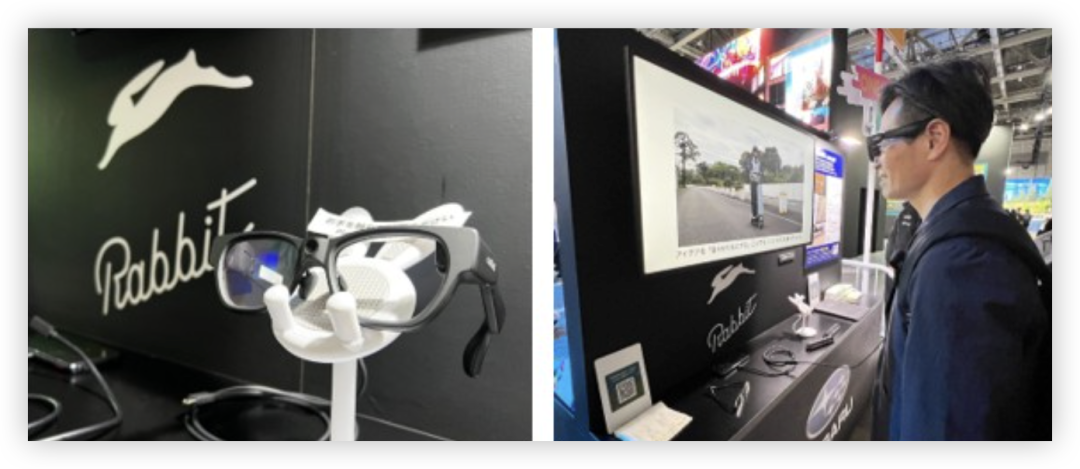Will AR Glasses Become Driving's Third Eye For Safety?

What happens when a cutting-edge tech firm teams up with a century-old automaker? At Japan Mobility Show 2025 we got an answer. AR display pioneer Cellid partnered with Subaru to unveil AR glasses for safer driving. The demo turned heads and sparked a serious question: can a lightweight pair of glasses become our future driving guardian?
Beyond Vision: Redefining Driving Safety
Daily driving comes with unpredictable scenarios. Even with smarter cars, drivers still juggle complex road data on their own. AR glasses change the equation. They overlay contextual information onto the real world so understanding becomes instant. Think of them as an extra window that eliminates blind spots and attention lapses. They might just be the next-gen protector for personal mobility.
When AR Meets E-Scooters: A Forward-Looking Safety Testbed
Inside the Tokyo Future Tour 2035 area, Cellid and Subaru showed AR safety assistance on the e-Rabbit concept electric scooter. This was more than a flashy demo—it previewed a bold safety solution for micro-mobility.

Imagine weaving through city streets without glancing down at phones or dashboards. Navigation, speed, and obstacle data float directly in your line of sight. Cellid's system projects road signs, speed limits, and key traffic cues onto the AR glasses in real time, making context clearer than ever.
If a rear camera is installed, the glasses can display live video from behind, erasing blind spots. When a vehicle approaches, the display flashes visual alerts so riders can react early. The technology tackles distracted riding and blind spots simultaneously, cutting accident risk and delivering a new layer of safety.
Smarter Mobility: AR Leads The Way
The collaboration is only the beginning for AR in driving safety. The tech is not confined to scooters. Cars, motorcycles, and even futuristic flying taxis could all benefit. AR glasses can integrate with in-vehicle systems, navigation, and infotainment to create richer, more intuitive assistance.
Looking ahead, AR wearables could tie into smart-city infrastructure and V2X networks, streaming traffic signals, hazard warnings, and pedestrian data directly into a driver's field of view. Each trip would become safer and more intelligent as technology permeates mobility.

Conclusion
Cellid and Subaru just opened a window into the immense potential of AR eyewear for safety. By helping drivers see farther and comprehend faster, the glasses slash the odds of danger. As AR matures and spreads, we can expect it to become as common as smartphones, turning everyday commutes into experiences guided by smart, intuitive information. The future has arrived. Let's see how AR glasses will transform our journeys next.
分享文章
3篇相关文章
AR Glasses Get a 'Core' Breakthrough? Qualcomm x VoxelSensors Make All‑Day Immersion Real
2025-09-05
Qualcomm partners with VoxelSensors to slash power and latency for AR glasses — paving the way for next‑gen, all‑day immersive wear.
Rokid Glasses: World's First Consumer AI+AR Glasses Mass Production - Is the Future Becoming Reality?
2025-06-26
As the world's first consumer-grade AI+AR glasses, Rokid Glasses' mass production signals that AR technology is accelerating toward mainstream adoption. Is that future that once only existed in sci-fi movies really coming?
Disrupting Vision: The World's First Silicon Carbide Waveguide Micro LED AR Glasses Herald a New Era of Interaction!
2025-07-17
The world's first AR glasses combining silicon carbide waveguide and Micro LED have arrived, solving long-standing AR device pain points and signaling an unprecedented era of immersive interaction.